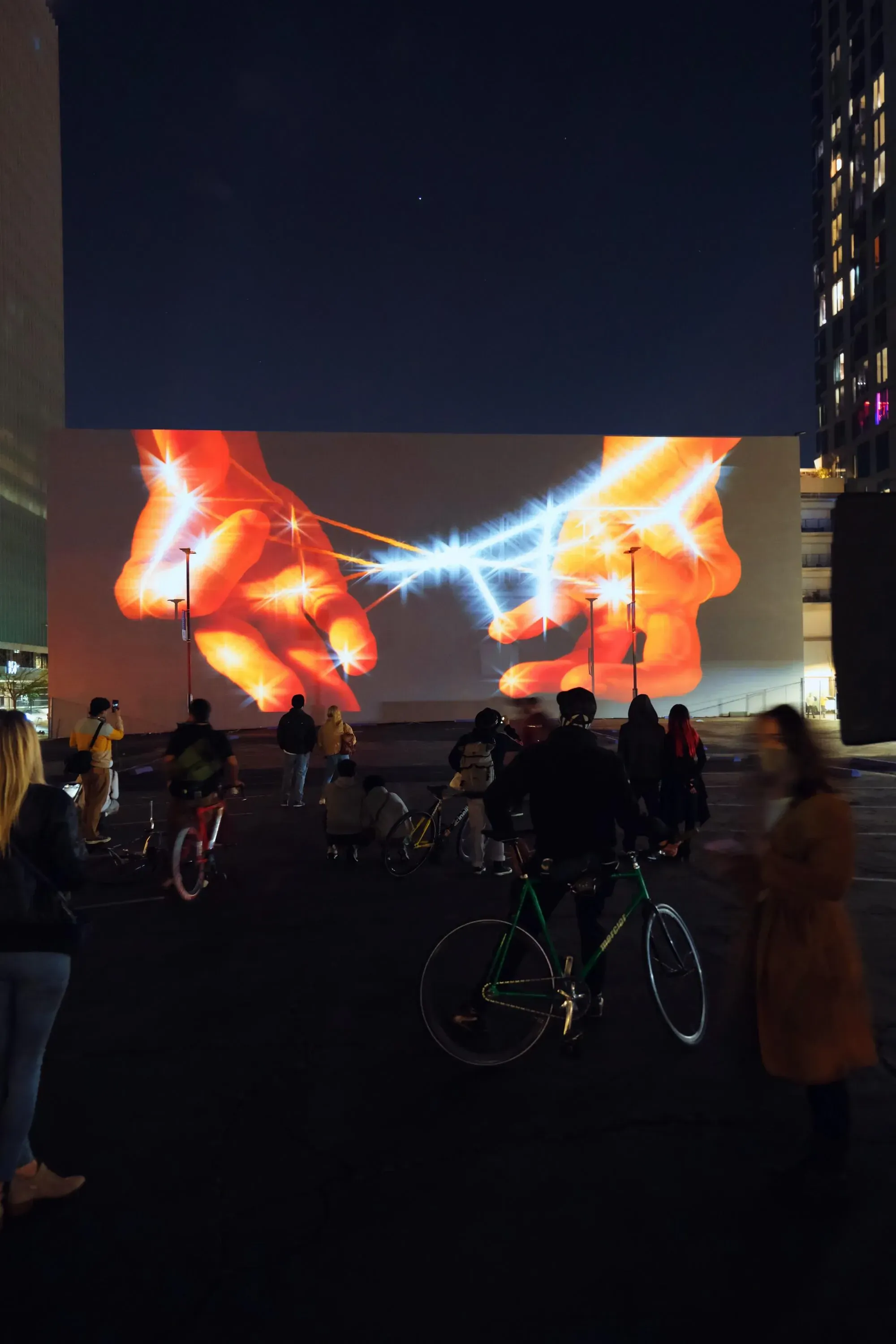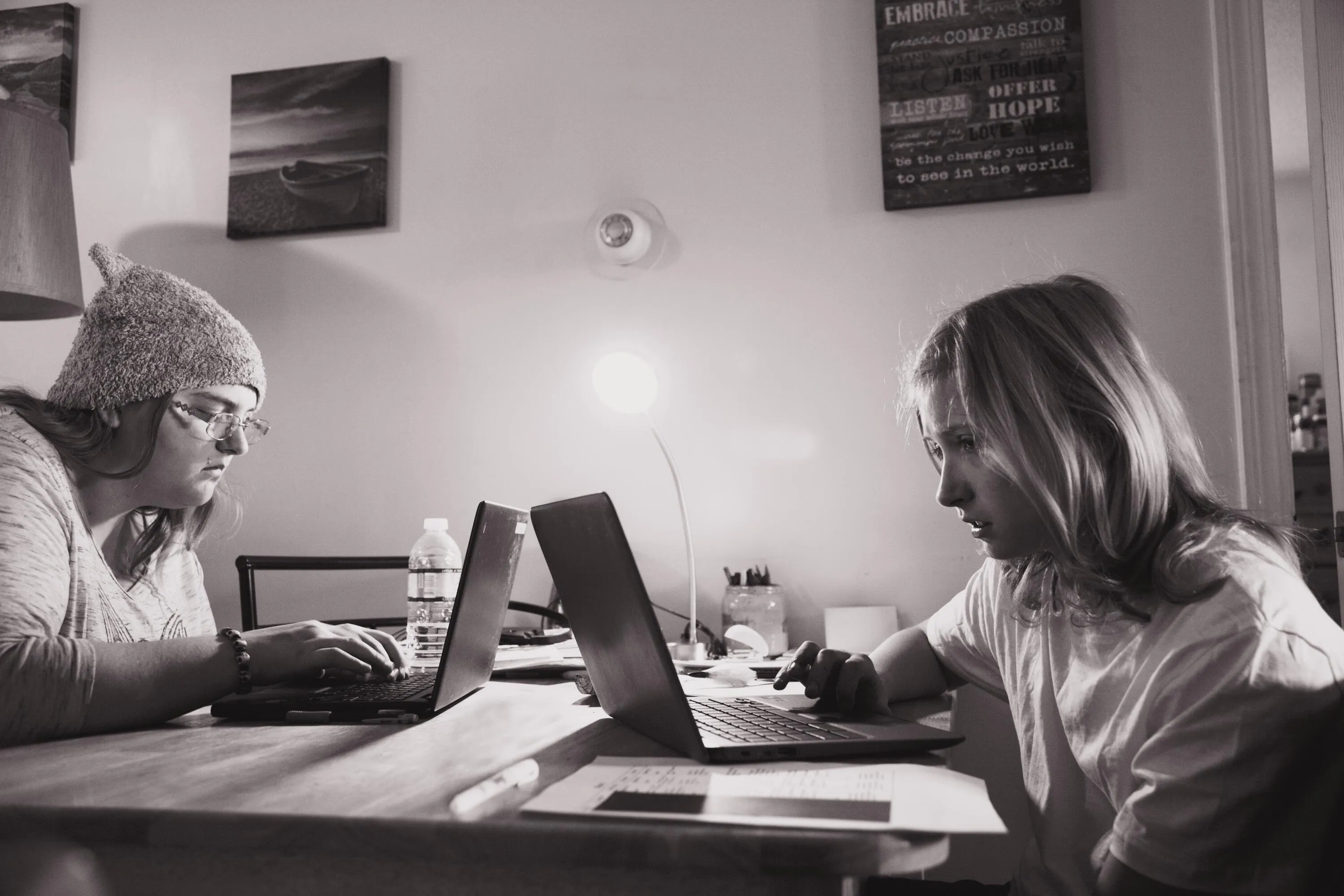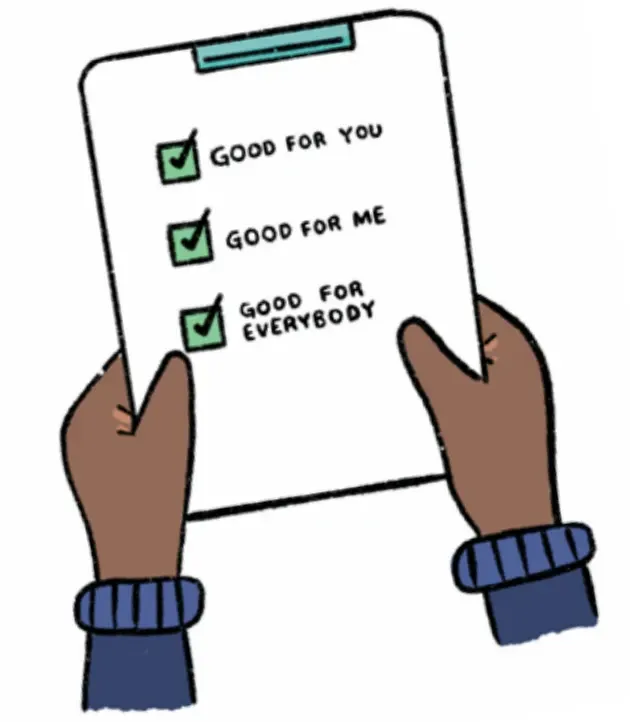How to Make Digital and Hybrid Work
Written by
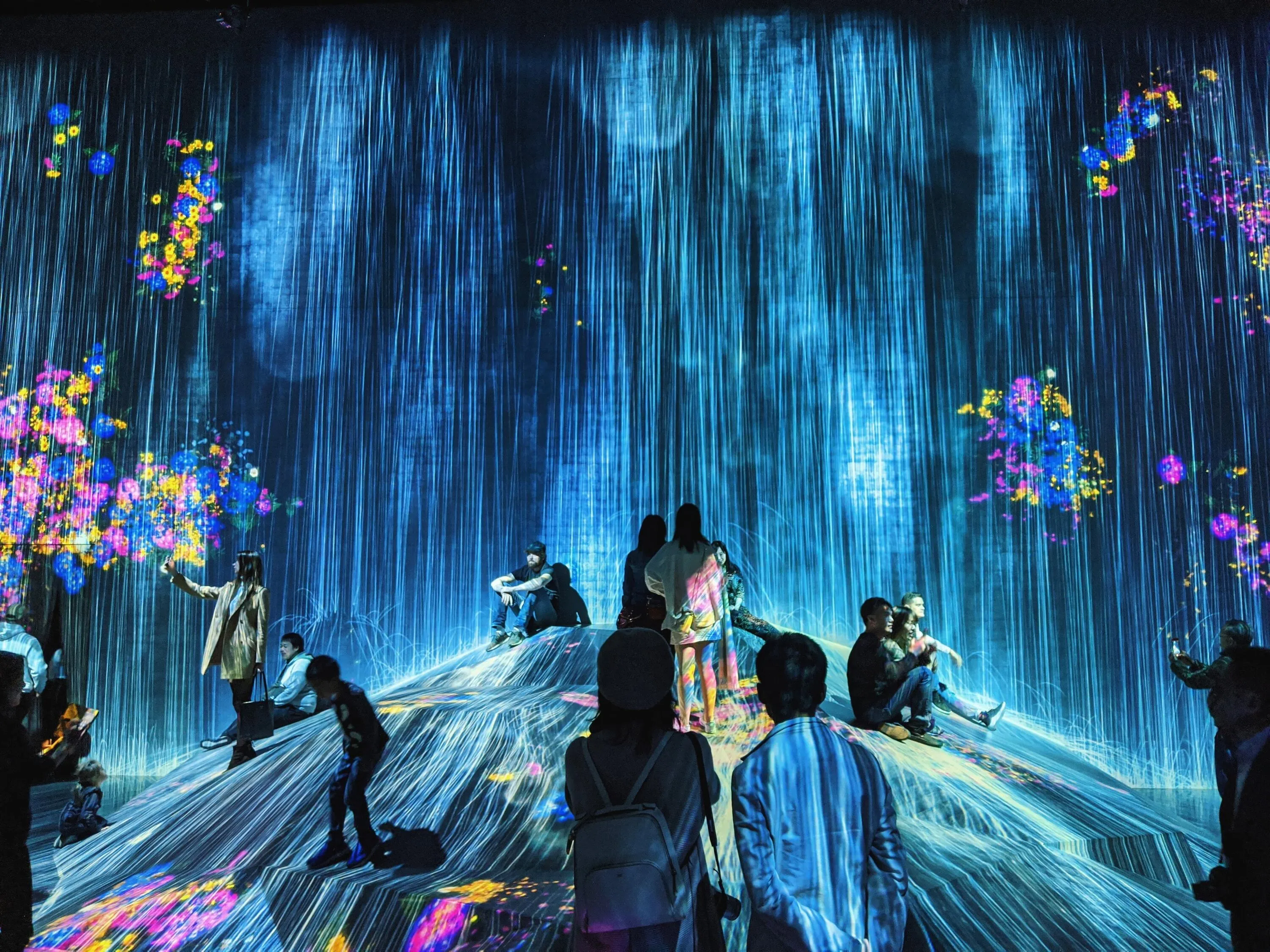
Digital and hybrid work is nothing new - but it has never been so ubiquitous or so clearly understood, nor changed at quite this rapid pace.
In a post-COVID creative sector, we need to take the opportunity to reflect on our recent experience and imagine new, hybrid arts organisations that allow for more flexible and effective employment and delivery options.
This starts with a commitment to the following four principles.
Don’t default to the status quo
Just because we can return to our offices and venues, doesn’t mean we should automatically default to the way things were before.
We need to take time to question the status quo, push back against old models, and avoid repeating poor practices because it’s ‘the way things have always been done.’
Deal with digital (in)equality
The issue of digital inequality was brought into sharp focus by COVID-19.
Digital platforms may have made our work more accessible and affordable but we can’t assume users have the devices, bandwidth or knowledge to access them, or that our teams have the skills and equipment they need to deliver our programs online.
Many of us share devices or fight for bandwidth with other members of our households. Some use shared equipment in libraries and internet cafes we may not be able to access as easily anymore, or haven’t been provided with the new skills we need.
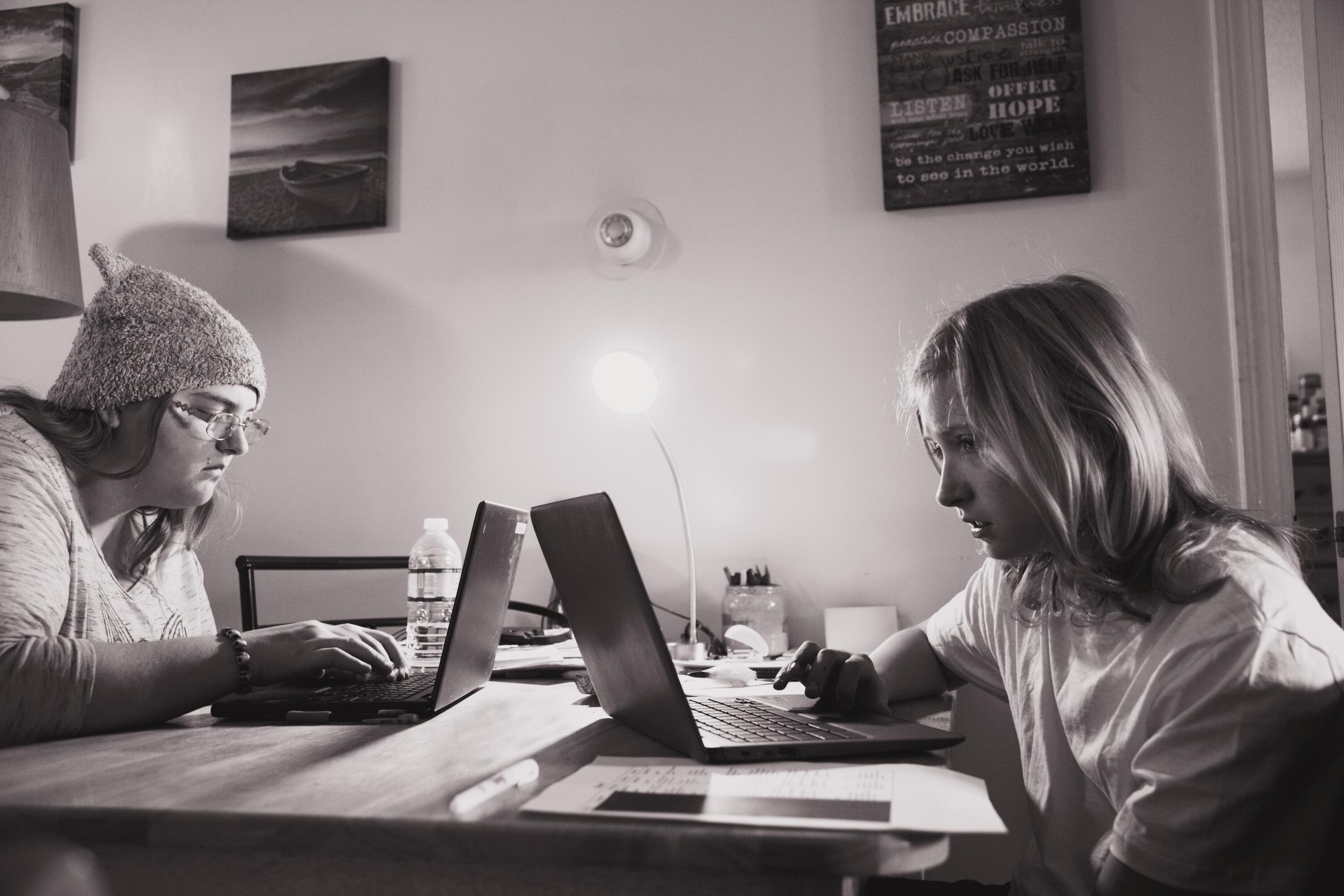
Photo: Sharon McCutcheon/Unsplash.
Some can’t afford increased data plans – particularly if our work hours have been reduced. The ‘digital divide’ between those with the highest and lowest levels of income, education and employment is widening, not shrinking, over time.
There’s a digital divide between our organisations too, with those who already had digital infrastructure in place over this recent period faring much better than those without existing resources, capacity or skills.
We can address digital inequality for team members by having ongoing conversations about remote working expectations and cost-sharing.
We can address digital inequality for artists, participants and audiences by budgeting for access from the start of the year or project. Or by presenting a combination of work online, onsite and outdoors at a range of price points (including for free). Or by making the technologies needed to experience our activities available for use or hire.
Finally, we can address digital inequality for our broader sector by considering how we can share technology, skills or capacity with less well-resourced artists, arts organisations or collaborators.
Put people first
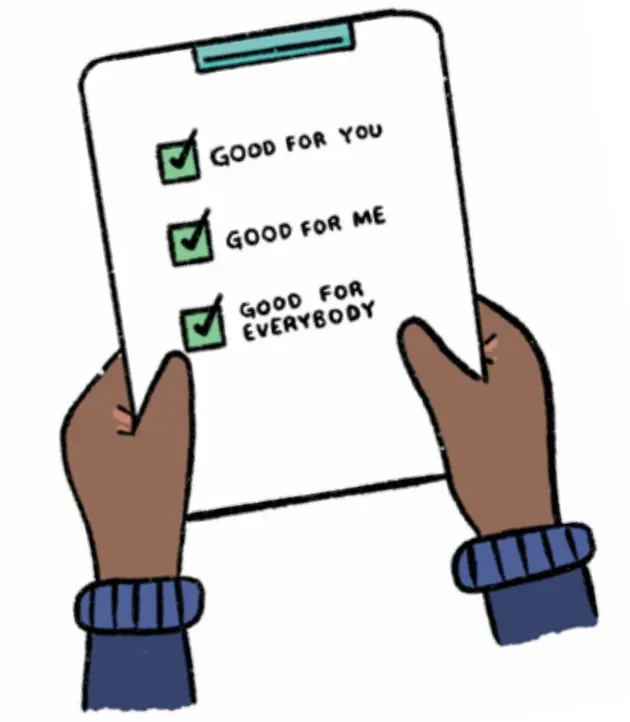
Image: Bec Sheedy/Our Hybrid Future.
Ours is a sector propped up on the goodwill and hard work of passionate, underpaid individuals. The metaphor of the graceful swan hiding its hard work beneath a smooth surface is better imagined as a steam-punk mechanical beast that can crush those that work it in its gears.
Like many under-resourced sectors staffed by those who believe in it most, our working practices often sacrifice our own or our colleagues’ well-being for the sake of ‘the show must go on.’
Access and equity are fundamental to this well-being, but are often considered as afterthoughts or ‘extenuating circumstances’, viewed as obligations rather than creative opportunities, or ignored altogether.
If 2020 taught us anything, it’s that inclusion has never been more important. Making our work more accessible means more (and more diverse) people can take part in all areas and at all levels of our work – be that as artists, arts workers, audiences or more.
However, full and equal inclusion doesn’t come from treating everybody equally. It comes from providing whatever is needed to make everyone equal.
This includes:
-
Putting Indigenous Peoples first, making sure they are represented at all levels
-
Not making work for or about groups or communities without their genuine, ongoing involvement and leadership ('nothing about us, without us')
-
Making sure to budget for access and inclusion from the start of each year or project
-
Asking people what they need to participate or contribute (and giving it to them)
-
Not only responding to requests as they come in, but also committing to pro-active and ongoing outreach and relationship-building work
-
Checking our representation (and our privilege). This may include asking board, staff and decision-makers to self-identify demographic information to establish a baseline, prioritise engagement of target groups, and track our progress over time
-
Going beyond the bare minimum and making all reasonable adjustments to remove barriers for anyone who has difficulties accessing our opportunities or services
Taking this sort of person-centred or community-led approach will go a long way to ensuring we adequately represent and support the experiences and requirements of all of the communities we work with, helping us reach more people in more meaningful ways.
Keep going and keep growing
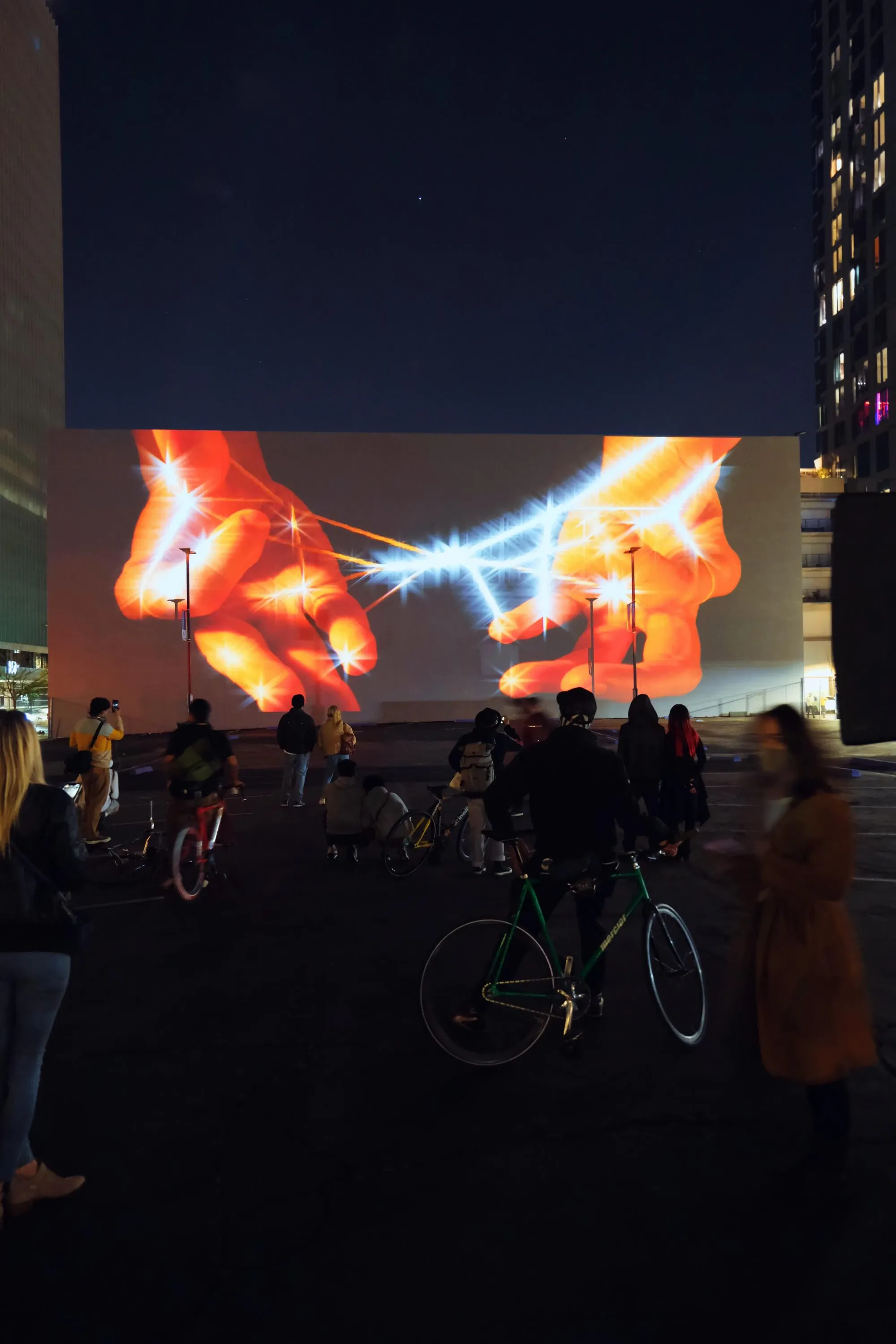
Photo: Mike von Sygcuc/Unsplash.
In most cases, it has been the recent transition that has caused us more problems than the nature of digital and hybrid work practices themselves. But this transition is an ongoing process, not a fixed point. We never fully ‘arrive’. With that in mind:
-
Don’t panic and don’t be put off
-
Co-design digital communication protocols that work for your team
-
Designate a digital champion/s to make sure those protocols are implemented
-
Keep talking about the challenges of working and communicating in a digital or hybrid space. Be open about the issues
-
Take each ‘failure’ as an opportunity for learning and growth
Don’t forget to remind yourselves of how much the creative sector has achieved in such a short time. How much more will we be able to achieve now we have the time and headspace to fully explore the possibilities?
This article was written by Kate Larsen - an arts, cultural and non-profit consultant, adapted from Our Hybrid Future, a free guide to making art work onsite and online.
